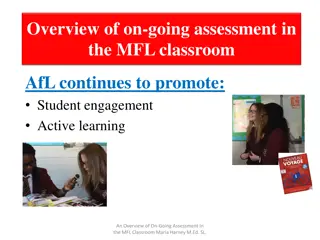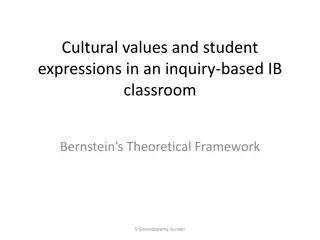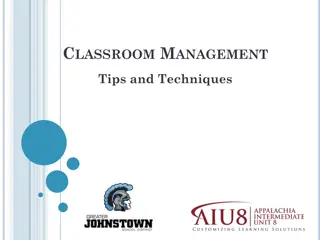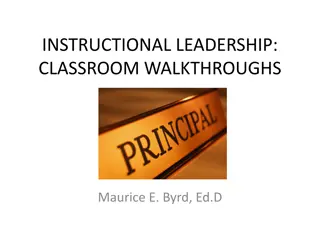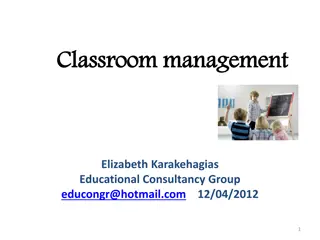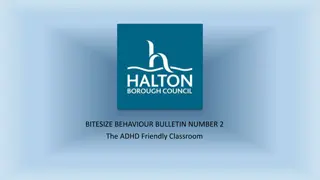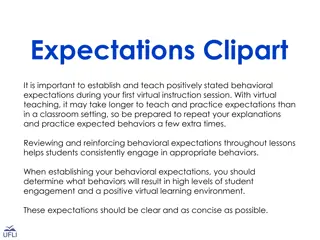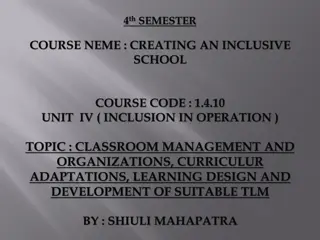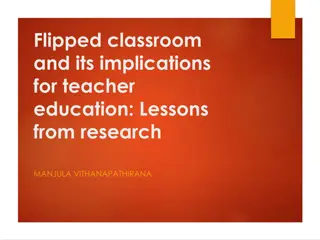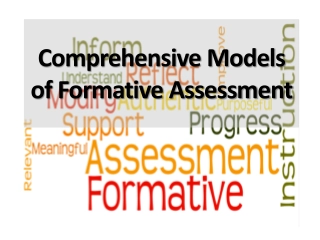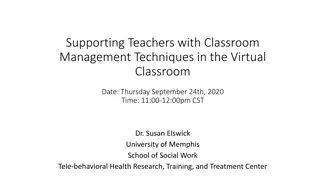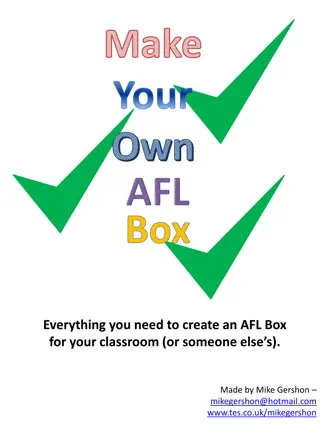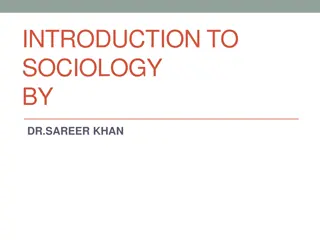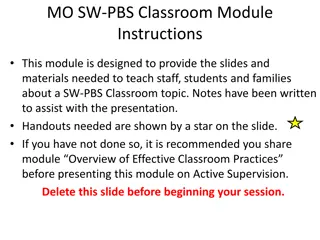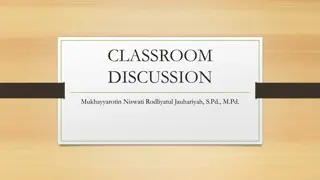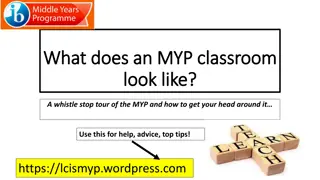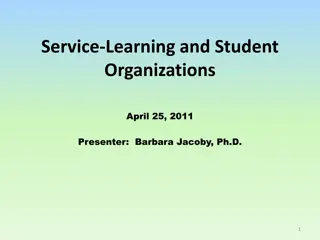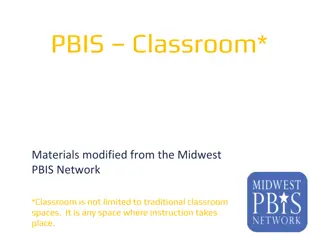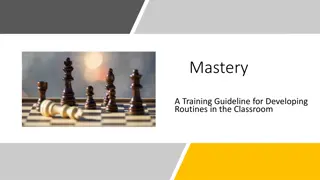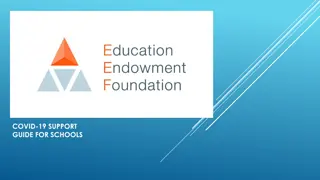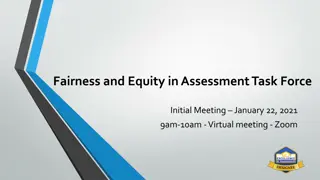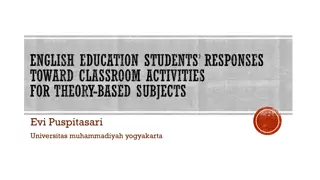Establishing Effective Classroom Culture Through Assessment for Learning
Embrace assessment for learning practices such as effective questioning, sharing learning goals, self and peer assessment, and providing feedback. Establish a classroom culture where all pupils engage in discussion using strategies like Thinking-Pair-Share, random selection, and talking partners to ensure active participation and collaboration. Encourage thinking time, clear expectations, and structured partnerships to enhance student engagement and learning outcomes.
Download Presentation

Please find below an Image/Link to download the presentation.
The content on the website is provided AS IS for your information and personal use only. It may not be sold, licensed, or shared on other websites without obtaining consent from the author. Download presentation by click this link. If you encounter any issues during the download, it is possible that the publisher has removed the file from their server.
E N D
Presentation Transcript
ASSESSMENT IS FOR LEARNING TALK PARTNERS
Effective questio- ning Sharing learning goals Self and peer assessment Formative Assessment Underpinned by a belief that all learners can make progress; that achievement comes from effort not just ability. Effective feedback
Effective questio- ning Sharing learning goals Self and peer assessment Formative Assessment Effective feedback
LEARNING INTENTIONS We will be able to establish a classroom culture in which all pupils engage in discussion
T-P-S What effective questioning strategies do we use already?
TO ESTABLISH A CULTURE WHERE ALL PUPILS ARE INVOLVED Thinking time Random selection Talking Partners
THINKING TIME Five seconds at least (rather than one) Making it clear that it is thinking time Better to have something to do jot down answer; discuss with a partner; Think Pair Share
RANDOM SELECTION Selecting pupils to answer rather than having them put their hands up Hands up? You must have a question!
TALKING PARTNERS Chance for pupils to consider answers together 30 seconds after questions, especially at start of lesson Change regularly weekly, if possible Continue to randomly select pupils to answer questions A class success criteria for being an effective talk partner (like a list of rules) should be established at the start of the session and displayed Where particular support is required there should be a trio rather than a pair. Partners must be assigned by the teacher, rather than pupils just being instructed to discuss their ideas with someone
DISCUSSION POINTS Benefits of talk partners? Drawbacks of talk partners?
TALKING PARTNERS Not paired up by ability, gender, friendship But randomly
LEARNING INTENTIONS We will be able to establish a classroom culture in which all pupils engage in discussion


